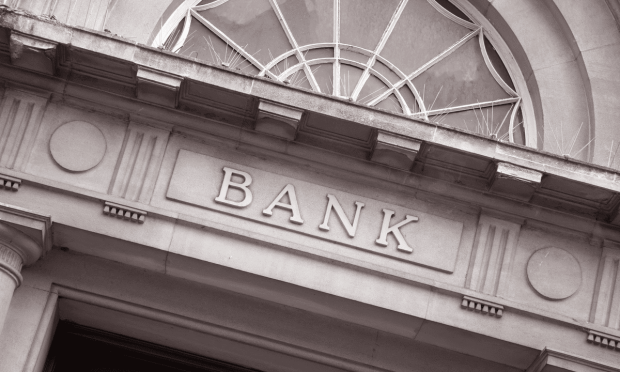COVID Casts More Doubt On Future Of Bank Branches

Physical banking was already on the decline before the COVID-19 pandemic put much of the physical economy into the deep freeze for a year and left customers scrambling to digitize their day-to-day lives as much as possible and as fast as possible. Consumers were already shifting an increasing number of their account management activities to online sites and mobile apps. Fully digital neobanks with no branch locations were already on the rise and attempting to scoop mainstream banking’s customers out from under them. Big banks were already starting to prune physical branches, closing down the least active and productive and slowing their construction of new ones.
But as has been the case in so many areas, the advent of COVID-19 has accelerated a trend that was already underway quite rapidly, such that physical banking is beginning to look even more at risk of becoming an endangered species of services in a post pandemic world.
So Many Closures
The big news of the week in this regard is the announcement by Citizens Bank that it will be closing down many of its Stop & Shop grocery locations. Starting in January, the bank will close 40 of its branch banking locations in the stores, more than half of which will be in Massachusetts. But while that was the headline of the week, it is part and parcel to an accelerating trend.
U.S. Bank has announced that after closing about 300 branches last year, it will pull the plug on an additional 400 by early next year. The move, it noted, comes as consumers are increasingly turning to digital channels to manage their banking lives — a shift that the bank confirmed in a statement has only gotten more rapid in 2020 since the pandemic set in.
“While physical branches and personal interactions will always be important, we need fewer branches today than we did even a few years ago,” U.S. Bancorp CEO Andy Cecere told investors and analysts as he discussed third-quarter results. “And the branches of the future need to be more advice centers than locations where transactions take place.”
Officially the regulatory powers that govern banking aren’t on board with this switch. In a July interview with the Financial Times, acting head of the Office of the Comptroller of the Currency (OCC) Brian Brooks said banks should not use the pandemic as a reason to close branches permanently.
And, reports Forbes, there hasn’t been that kind of knee jerk reaction from banks such that a sudden flood of 90-day notices of forthcoming closures has suddenly come rolling in. Banks are legally required to file a closure notice — with the OCC, the Federal Reserve Board or the FDIC — at least 90 days in advance of a closure, and must notify customers within that same 90-day window. But banks are increasingly announcing that the COVID-19 pandemic has caused them to rather rapidly revise their plans for branch usage and opening in the future.
PNC Bank has already announced it would double its planned branch closures in 2020, closing 160 rather than 80 or 90 with plans to close as many as 120 next year. Wells Fargo, the U.S. Bank with the largest footprint of physical branch locations, has announced plans to reduce its number of branches from 5,400 to 4,000 eventually. The bank announced 65 branch closings in the first two weeks of July 2020 alone.
Banks are clearly rethinking their physical footprints — and not without reason. Consumers are making it increasingly clear they prefer to go digital. That’s in part for reasons of reliability; according to PYMNTS’ last Digital Banking tracker, reliance on physical branches worked quite poorly for European consumers in the early phases of the pandemic. Forty-one percent of EU consumers reported they were unable to obtain financial services due to physical branch closures and a lack of access to digital banking solutions. It’s also for safety reasons, as consumers are showing an increasing preference for contact-free, touch free transactions and interactions with the providers.
What’s Next For The Banking Branch
While there is a temptation to declare the death of physical banking supplanted by digital, that might be somewhat premature. Some banks are closing their branches down for banking services and in find ways to repurpose them for other uses.
In the EU banks are increasingly turning to their suburban branch outposts as alternative work spaces for employees who need to be in an office, but who don’t want to travel into major metros to work at HQ. But others are changing tack.
“Banks will try to change them rather than just closing a huge number of unprofitable branches,” said Daniel Dawson, an associate at banking research firm RBR, told Reuters.
In a conversation with Forbes, Richard Walker of Deloitte Consulting noted that even when it comes to actual banking services, there is always going to be part of the experience better done in person, rather than over digital channels.
“Customers want advice, convenience and consistent service,” he said, for the entire life cycle of their finances.
The branch still has a part to play in that, going forward it will be a smaller one as convenience of online and mobile tools continue to step into the customer spotlight.
